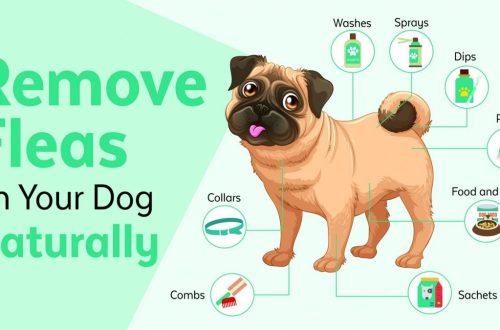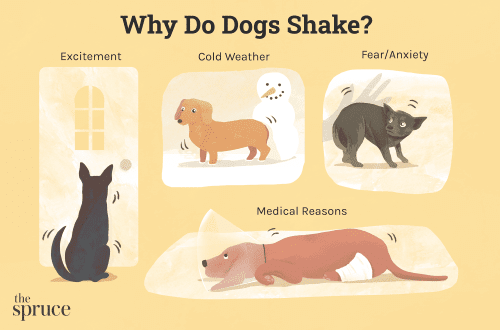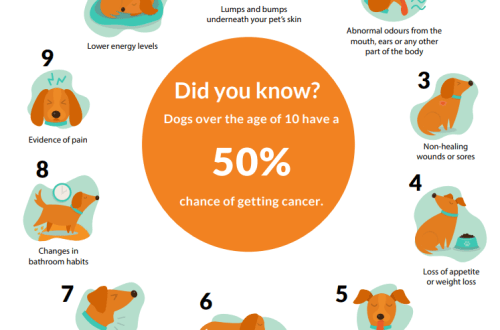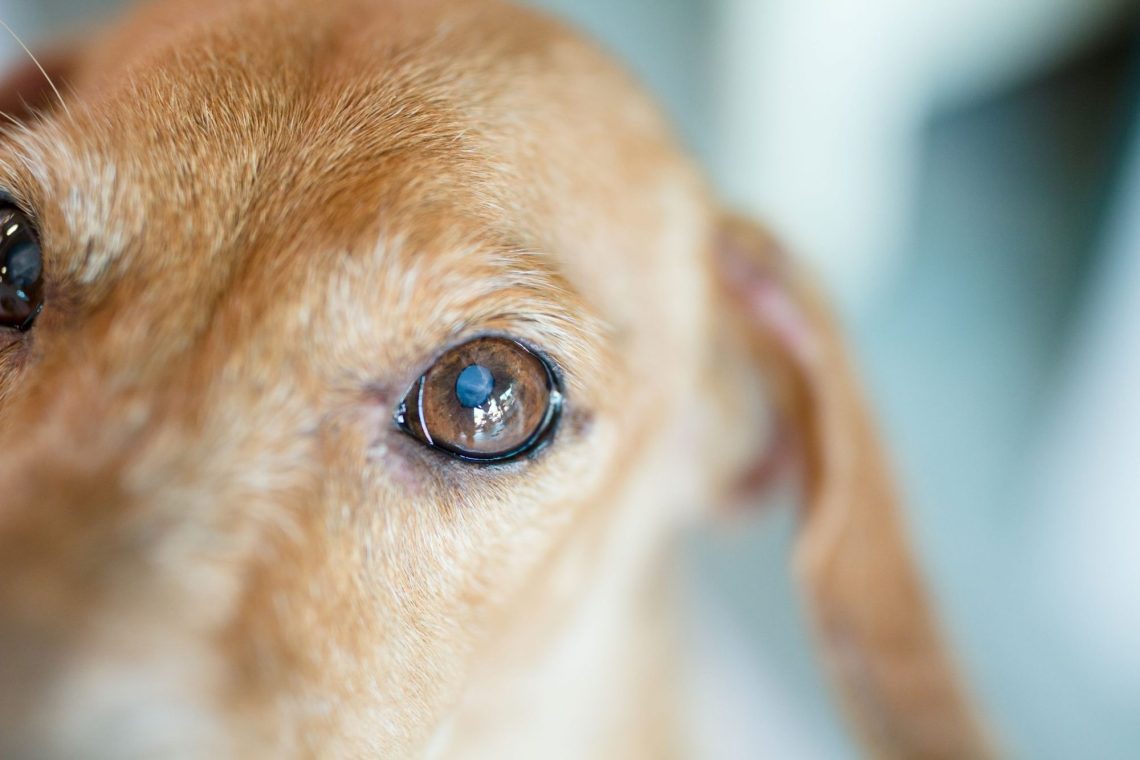
Eye Diseases in Dogs
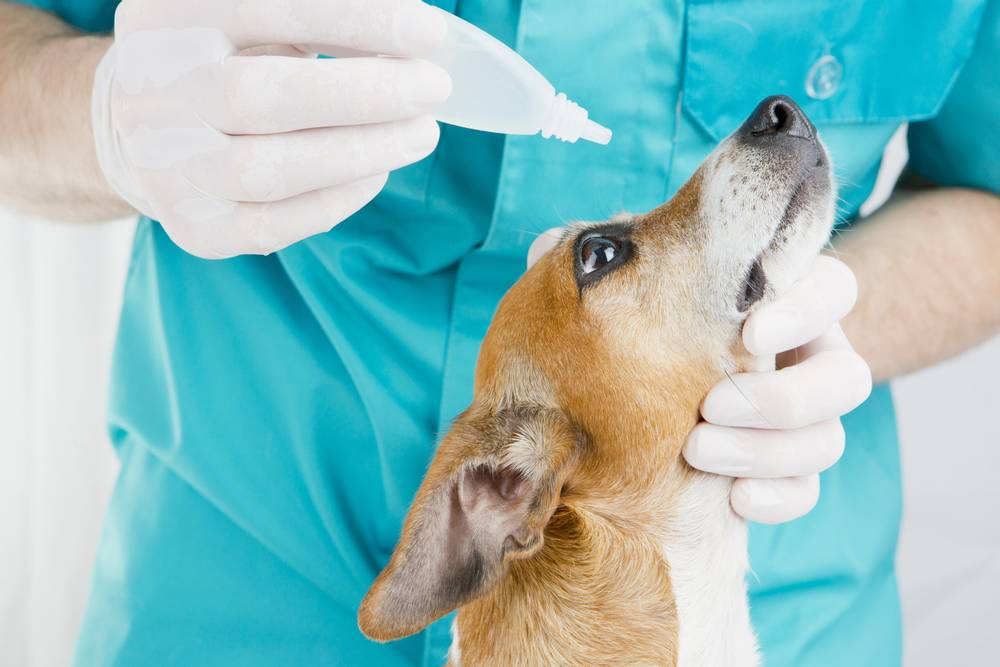
At the same time, it does not hurt the owners to know the signs and causes of eye diseases in dogs. Moreover, not all such pathologies manifest themselves in an obvious way.
Particular attention should be paid to the eyes of their pets by owners of dog breeds such as:
dwarf breeds: chihuahuas, toy terriers, greyhounds, as well as labradors, spaniels and collies, which are more often diagnosed with cataracts and retinal detachment;
bulldogs, spaniels, chow chows, boxers, saint bernards, bassets, pugs – in representatives of these breeds, an abnormal direction of eyelid growth is more often detected, as well as conjunctivitis and traumatism of the cornea of uXNUMXbuXNUMXbthe eye.
Eye diseases are more common in puppies at an early age, when their unstable immunity is still susceptible to pathological factors, such as bacterial and viral infections against the background of crowded content.
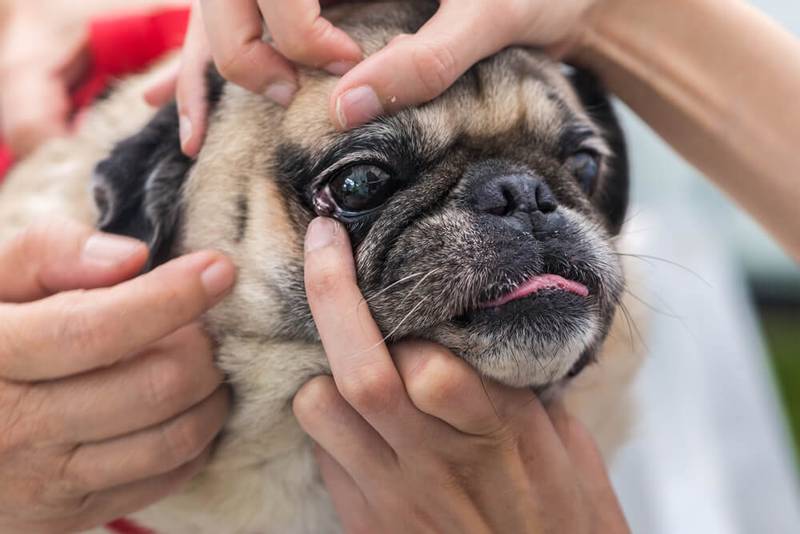
Contents
Types of eye diseases in dogs
In veterinary practice, a classification has been adopted that takes into account some of the characteristics of dogs, the type of breed and its characteristics, as well as the nature of the origin of the disease. It is enough for the owner of the animal to know about the types of the course of the disease – they are either acute or chronic. In addition, there are varieties according to etiological characteristics:
diseases of infectious origin – they are provoked by pathogenic agents of the microbiological environment. Inflammation and other manifestations of diseased eyes are observed with the pathogenic effects of viruses, fungi, bacteria. Moreover, infections can develop both as a result of infection of the eyes themselves, and against the background of diseases of other organs;
diseases of a non-contagious nature – as a rule, due to mechanical action, the influence of temperature factors, climatic circumstances and conditions of detention;
congenital eye pathologies – they occur as genetic complications or consequences, as well as due to pathologies of intrauterine development of the fetus.
According to the causes of eye diseases in dogs, it is customary to distinguish between primary and secondary pathologies. The former are independent diseases provoked by external factors; the latter are the result of an autoimmune problem, internal disorders in tissues and organs, the result of progressive infectious diseases of internal organs, tissues or systems.
Diseases of the eyelids |
| Redness of the eyelids, thickening of the edge of the eyelid. Diseases develop in a bilateral form, accompanied by lacrimation and progressive inflammation. |
Diseases of the eyeball |
| The exit of the apple beyond the boundaries of the eye orbit, frequent blinking. The dog is in tears. |
Diseases of the conjunctiva |
| Soreness of the eyes, discharge of a purulent nature, lacrimation. Possible redness of the protein, swelling and sagging of the eyelids. In some forms – the appearance of neoplasms and itching, anxiety. |
Diseases of the lens |
| Opacification of the white of the eye. Visual impairment. Noticeable decrease in activity. |
Diseases of the vascular and cornea |
| Significant soreness in the eye area. There is lacrimation. With progression, the pigmentation of the eye changes, the pain intensifies. Partial or complete loss of vision is possible. |
Retinal diseases |
| The rapid development of the inflammatory process, the appearance of discharge from the eyes, soreness. Partial blindness or complete loss of vision is possible. |
Glaucoma |
| The reaction of the pupil slows down, there is redness of the eyes, photophobia. Blindness develops. |
Diseases and problems of the eyelids
Diseases of the eyelids develop in a unilateral or bilateral form – on one eye or on both at once. You can identify these diseases by the fact that the dog wants to scratch the eye area or shakes its head from side to side.
Blepharitis (inflammation of the eyelid)
Blepharitis is an inflammatory process of the eyelid, more often of a bilateral chronic nature. The cause is usually allergic irritants.
Symptoms of blepharitis are:
hyperemia;
itching, in which the dog rubs his eyes with his paws almost all day, especially in the acute form of the disease;
squinting or if the dog’s eye is completely closed;
thickening of the edge of the eyelid.
Blepharitis can develop in different forms, therefore, according to signs and reasons, its types are distinguished: seborrheic, allergic, demodectic, ulcerative, diffuse, scaly, external and chalazion.
For treatment, washing of the mucous membrane of the eyelid is prescribed, as well as drug therapy using antibacterial, antihistamine, sedative, antiparasitic drugs.
Inversion of the century
Eyelid torsions are more likely to appear as a genetic anomaly in the first year of a puppy’s life in these breeds:
shar pei;
mastiff;
chow chow
This problem manifests itself in a sick dog with the formation of redness, profuse lacrimation. The complexity of this pathology is in the absence of conservative methods of treatment. Therefore, veterinary specialists perform surgical removal of eyelid inversion. You need to contact them as soon as it is noticed that the lower eyelid has drooped in dogs. An alarming signal for a visit to the veterinary clinic can be considered a situation when the eye of a dog is partially swollen.
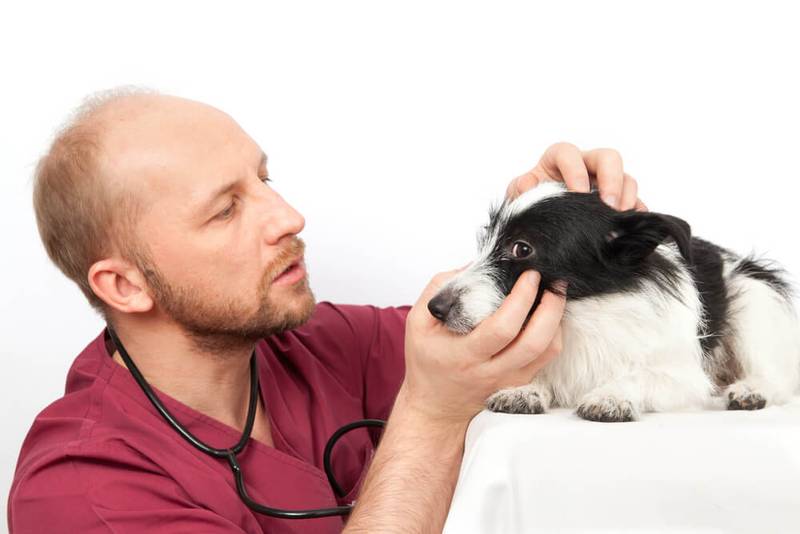
Eversion of the eyelid
Eversion of the eyelid usually occurs in breeds on the muzzle of which mobile folds of skin are formed. Also, a similar anomaly occurs in rocks with a wide orbital gap.
The causes of eyelid eversion are considered to be mechanical injuries, the consequences of operations, and genetic factors.
With the progression of the disease, the dog has redness around the eyes, the spread of the inflammatory process through the mucous membranes, the eye may watery. It is treated exclusively by surgical methods.
Diseases and problems of the eyeball
All sorts of problems of the eyeball are observed in dogs of those breeds, the anatomy of which is manifested by a discrepancy between the size of the orbit and the eyeball – in the Pekingese, Shih Tzu and others. Puppies usually get sick before 8-12 months, although adults can also suffer from this.

Horner’s syndrome (retraction of the eyeball)
Horner’s syndrome is a disease that is provoked by a violation of the innervation in the eyeball. The main symptom is the recession of the apple and the constricted pupil. The eyelid of the eye affected by Horner’s syndrome is noticeably lowered.
The dog blinks frequently, third eyelid prolapse occurs. Retraction of the eyeball is treated with surgical methods.
Dislocation of the eyeball
Exophthalmos (dislocation of the eyeball) is a consequence of genetic factors or injuries of the organs of vision or head. With such a dislocation, the dog’s eye is greatly enlarged, and it goes beyond the boundaries of the orbit. It is reduced on an outpatient basis in a veterinary clinic by a surgical method.
Diseases and problems of the conjunctiva and lacrimal apparatus
Diseases involving the conjunctiva and/or the lacrimal apparatus usually occur in long-haired breeds or individuals with a large ocular orbit. Poodles and Yorkshire terriers often suffer – they often have an acute inflammation of the conjunctiva.
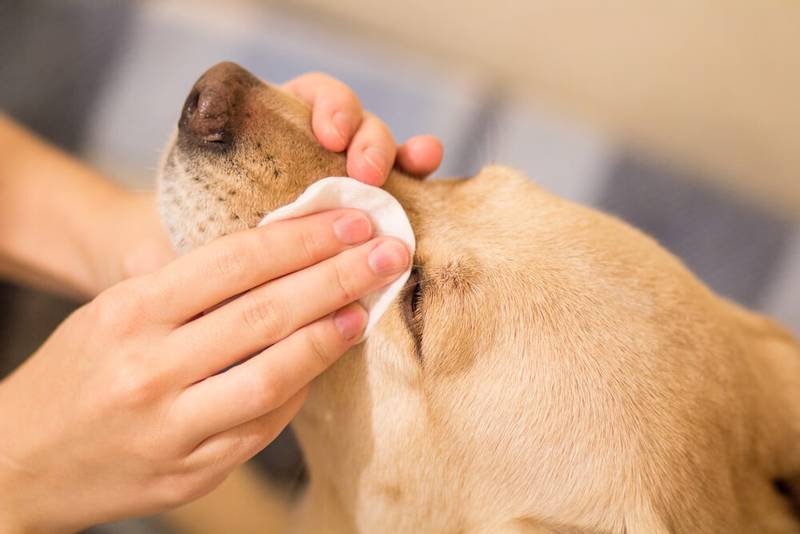
Diseases of the conjunctiva can be infectious or non-contagious in nature or caused by allergenic components.
Conjunctivitis
Conjunctivitis is provoked by third-party objects that fall on the mucous membrane and on the surface of the third eyelid. The disease develops in acute and chronic forms. Symptoms of conjunctivitis are redness of the protein, the formation of purulent discharge, restless behavior, the eyelid may droop slightly.
For treatment, surgical and medical methods are used to eliminate the cause, relieve allergic irritation, and calm the animal. Foreign objects that caused conjunctivitis are removed from the eye. Treatment must be justified by a veterinarian, depending on the classification of conjunctivitis. It can be of the follicular, purulent and allergic type, and can also develop as a secondary pathology due to an eye injury.
Purulent conjunctivitis
The purulent form develops against the background of the activity of pathogenic microflora:
bacteria;
fungi;
viruses.
Purulent conjunctivitis often results from infection with pathogens of dangerous diseases (for example, dog distemper). For such reasons, the eyes of dogs turn red or purulent discharge appears.
For treatment, external agents are used in the form of ointments, saline, eye drops. At the same time, injectable antimicrobials are prescribed.
Allergic Conjunctivitis
Allergic symptoms of conjunctivitis are easy to distinguish – this problem is manifested by profuse lacrimation, redness around the eyes. This form is treated with the use of antihistamines and anti-inflammatory drugs. An allergic form occurs when pollen, sand, pesticides and other irritants get into the eyes.
Follicular conjunctivitis
This form is manifested by the formation of small vesicular neoplasms on the inner surface of the eyelid. The mucous membrane becomes swollen, while the dog has redness around the eyes.
With this form, only complex therapy with surgical methods can cope with the disease.
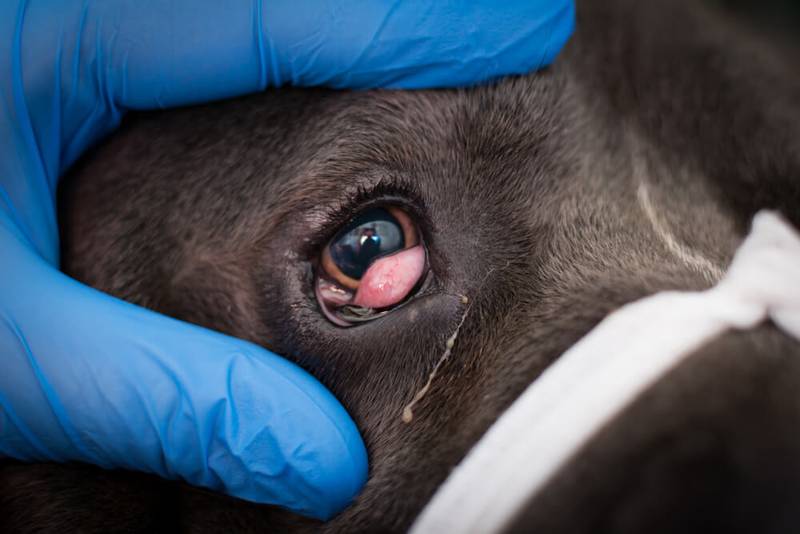
Keratoconjunctivitis
Also called dry eye syndrome, keratoconjunctivitis can cause the eye to become swollen and red. Causes veterinarians call dust, microorganisms, damage / blockage of the lacrimal gland. Bulldogs, spaniels and pugs are more susceptible to this disease.
In a dog with keratoconjunctivitis, the appearance of neoplasms, ulcerative lesions, suppuration is noted, structural disturbances of the cornea are observed. The animal begins to blink frequently, the eyes may swell, hurt, become inflamed. It is noticeable that the dog has a red spot on the eye.
According to the results of the diagnosis, the veterinarian prescribes washing, bougienage of the lacrimal canal and medications.
Diseases and problems of the lens
Pathologies of this category in veterinary ophthalmology are considered the most dangerous for dogs of all breeds. Animals of any age category suffer, regardless of gender, health status, breed.
Any disease of the eye lens is detected on the basis of clouding of the protein, signs of visual impairment. The prognosis for such diseases is unfavorable, since there is practically no productive therapy for lens pathologies.
Cataract
One of the most common and most unpromising in terms of treatment of diseases is a cataract. This disease is most common in the following age groups of dogs:
puppies under 1 year old;
adults from 8 years of age.
Meanwhile, and in the period from one year to 8 years, animals are at risk of developing cataracts. The juvenile form of cataract is more typical for breeds such as:
rate;
poodle;
Labrador;
bull terrier;
Staffordshire terrier.
The age-related form of cataract in dogs after 8 years can develop in all breeds. This ophthalmological problem occurs against the background of primary diseases: for example, with progressive glaucoma, dysplasia or retinal atrophy.
Therapeutic methods for this disease for dogs have not been developed. Surgery may be performed to:
removal of the damaged eye lens;
implantation of an artificial lens.
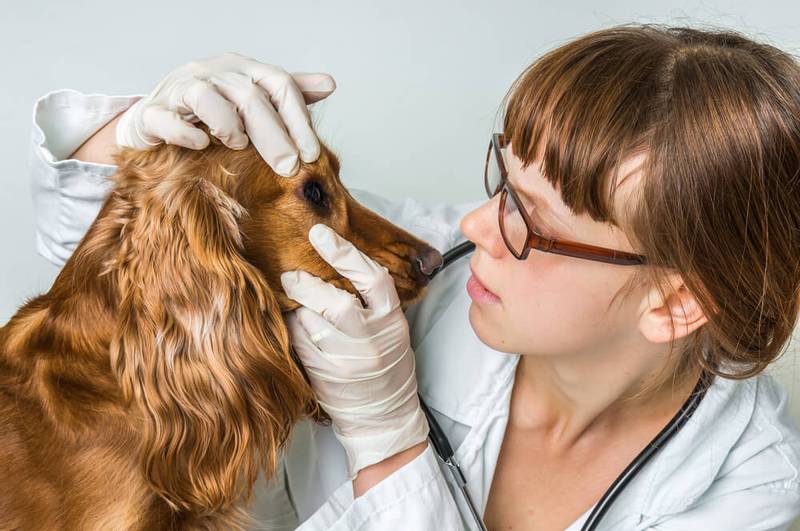
Currently, cataract surgery is performed using ultrasound technologies, as well as phacoemulsification, a minimally invasive operation with a microscopic incision.
Diseases and problems of the vascular and cornea
The choroid and cornea of the eye can suffer mainly from the progression of inflammatory processes. An untimely appeal to a veterinary ophthalmologist can lead to complete blindness of the dog. Moreover, this can happen in a short period of time, since such pathologies have an intensive development dynamics.
Ulcerative keratitis
In the eyes of an animal, ulcerative keratitis develops as a result of solar or thermal burns, when exposed to mechanical forces during impacts, when foreign objects get inside the eye. In addition, ulcerative keratitis is a secondary disease against the background of allergic anomalies, beriberi, bacterial and viral infections. Another cause of this pathology is endocrine diseases (for example, diabetes mellitus).
With such a lesion, tearing develops. In this case, the dog rubs his eyes with his paws, which indicates itching, discomfort and the presence of foreign bodies on the cornea. The eye can hurt a lot. Blue eye syndrome also occurs when, under the influence of pathological factors, the pigmentation of the pupil changes.
Veterinarians in these circumstances prescribe drug therapy with antimicrobial, antihistamine, painkillers, as well as external agents to localize the inflammatory process.
Uveit
Uveitis is an inflammatory ophthalmic disease. It is accompanied by damage to the choroid of the eye and a violation of the blood supply to its tissues.
Signs of intense inflammation of the irises are changes in their color, fear of bright light, half-closed red eyelids, decreased visual acuity. Uveitis occurs due to trauma to the head and eye area, viral and bacterial infections.
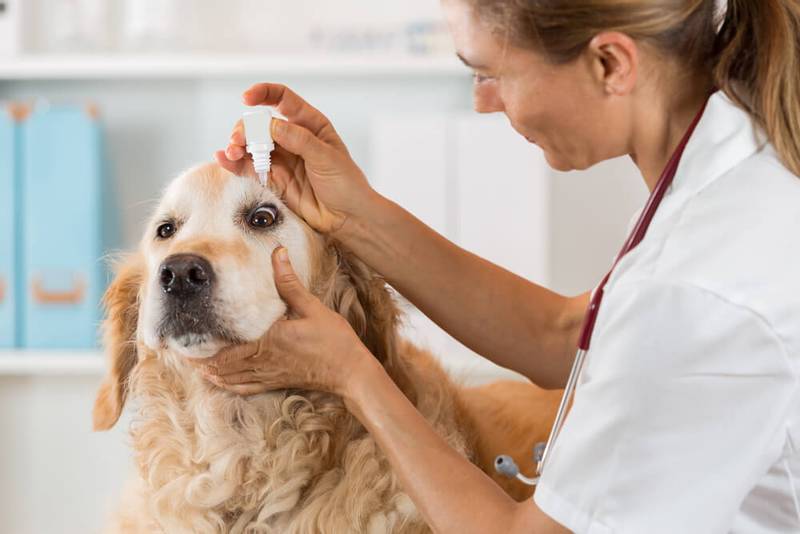
If a dog has an inflamed eye in the iris area, anti-inflammatory drugs are mainly used to treat uveitis, as well as drugs to reduce pain.
Diseases and problems of the retina
This category of ophthalmic problems in dogs is common to all breeds. Dogs of all age categories suffer from similar pathologies, but more than others – animals over the age of 5-6 years. The causes of such diseases are injuries of the eyes and muzzle, hemorrhages in the skull. Often diseases develop at the genetic level and are hereditary.
Retinal detachment
The retina can flake off under the influence of traumatic factors, with sharp illumination with bright light, when looking at the sun or too bright sources of fire. Retinal detachment can occur in all breeds of dogs, regardless of age category.
This disease is characterized by a rapid course and a cautious prognosis. It can end in complete blindness of the dog if timely treatment measures are not taken. For this purpose, a course of drug therapy is prescribed with the use of anti-inflammatory and antibacterial drugs. At the same time, surgical manipulations can be prescribed up to an ophthalmic operation.
retinal atrophy
Retinal atrophy is more frustrating for the dog and its owner because there is no cure. It manifests itself as a gradual loss of vision, initially in the dark. Subsequently, vision becomes weak in daylight.
There is no effective treatment for dogs with retinal atrophy.
Glaucoma
Glaucoma is known to be one of the most difficult eye diseases to treat in dogs. It is accompanied by a steady increase in intraocular pressure, which is the cause of the disease. Symptoms of glaucoma are:
redness – especially noticeable in a dog is a red third eyelid;
pupil reaction is slow;
photophobia occurs and increases;
there are signs of apathy.
All medical procedures are aimed at the outflow of intraocular fluid and stabilization of intraocular pressure. For this purpose, different groups of medicines are prescribed.
Treatment for all types of diseases is prescribed exclusively by a veterinarian with the appropriate medical specialization. In no case is self-treatment allowed. At all stages of treatment, consultation with a veterinarian is mandatory.
The article is not a call to action!
For a more detailed study of the problem, we recommend contacting a specialist.
Ask the vet
July 23 2020
Updated: 22 May 2022



